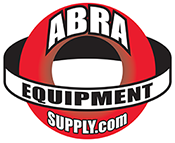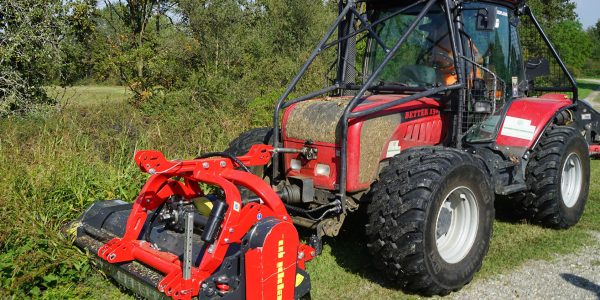Operating heavy machinery in forestry and land management is essential to managing natural resources efficiently. However, the risks associated with these powerful machines make safety a top priority. Whether you are operating a skid steer, tractor, or excavator, adhering to proper safety guidelines can prevent accidents and ensure a productive work environment. Here are key safety tips to follow:
1. Proper Training
Before operating any heavy machinery, ensure that you have undergone thorough training and obtained the necessary certifications. Familiarize yourself with the specific equipment you will be using, including its controls, safety features, and operational limits. As an employer, it’s important to make sure that your staff is fully trained to avoid potentially dangerous accidents.
2. Conduct Pre-Operational Inspections
Inspect your machinery thoroughly before each use. Check for signs of wear, loose parts, fluid leaks, or other issues that could compromise the machine’s performance or safety. Verify that all safety devices, such as seatbelts and emergency stop systems, are functional. Furthermore, ensuring that lights and horns are working properly to maintain proper visibility.
3. Wear Appropriate Personal Protective Equipment
Always wear the recommended Personal Protective Equipment (PPE) for forestry operations, including:
- Hard hats to protect against falling debris.
- Steel-toed boots for foot protection.
- Neon safety vests to ensure coworkers see you.
- Eye protection to guard against flying debris.
- Hearing protection, as machinery noise can exceed safe levels.
As an employer, providing these tools is important to protecting your staff from hazards associated with land management tasks.
4. Avoid Overworking Machinery
Overworking machinery can strain its components and increase the risk of mechanical failure. Follow the manufacturer’s guidelines regarding limits to ensure that you avoid causing accidents like tipping, fires, or other potential issues.
5. Understand the Landscape Ahead of Time
Before starting, ensuring you understand your forestry project’s terrain is important to preventing safety issues. Elements like hills, slopes, soft ground, and bodies of water are recommended to be mapped out and worked around extra carefully to ensure that you are safely operating heavy skid steers, tractors, or excavators.
Overall Forestry and Land Clearing Safety
Overall, when it comes to operating heavy equipment like skid steers or tractors, ensuring that safety procedures are followed properly is vital. Attachments for skid steers or tractors also need to be inspected and considered when it comes to forestry and land management projects. At Abra Equipment, our available skid steer attachments perform a variety of essential functions in forestry like stump grinding and brush cutting. We distribute top-performing brands like Seppi, BrushFox, and DipperFox. For more information about how Abra Equipment Supply can help you prepare for forestry and land-clearing projects, contact our team today!

